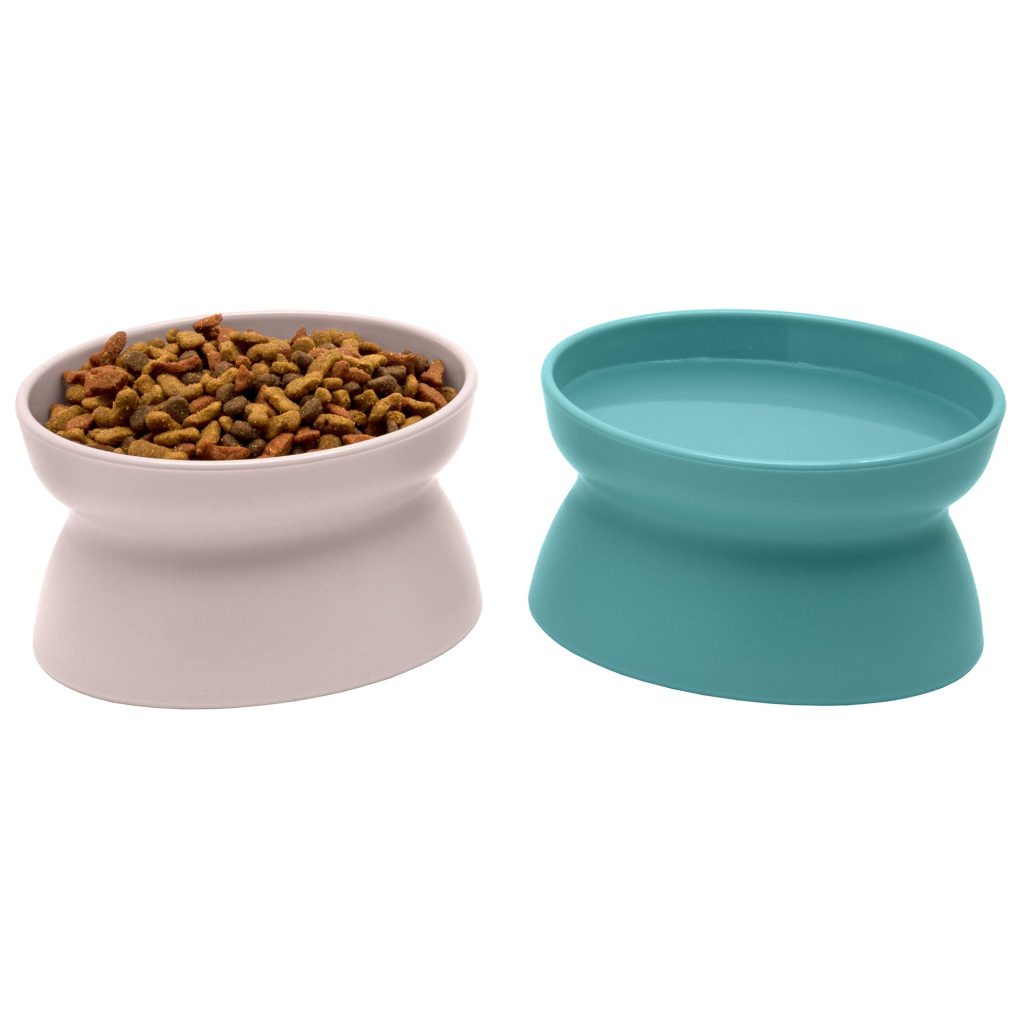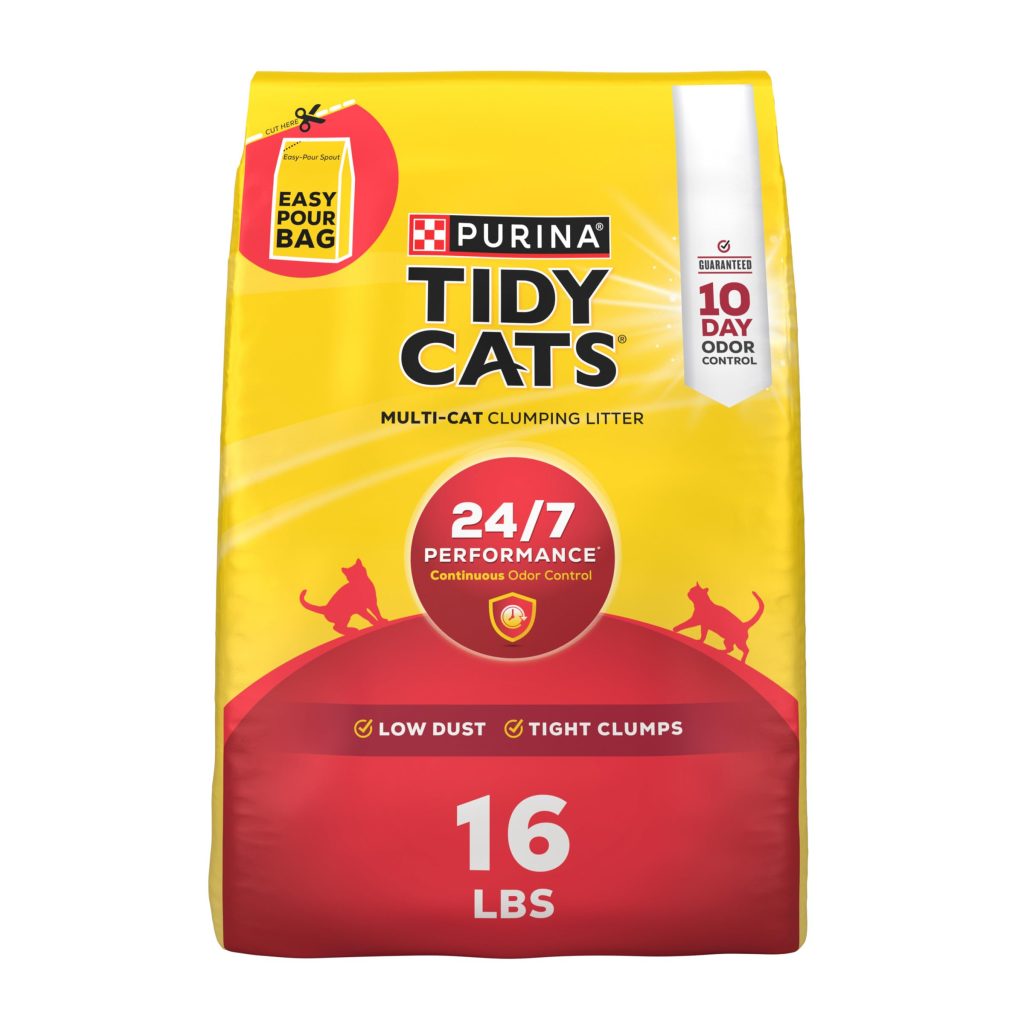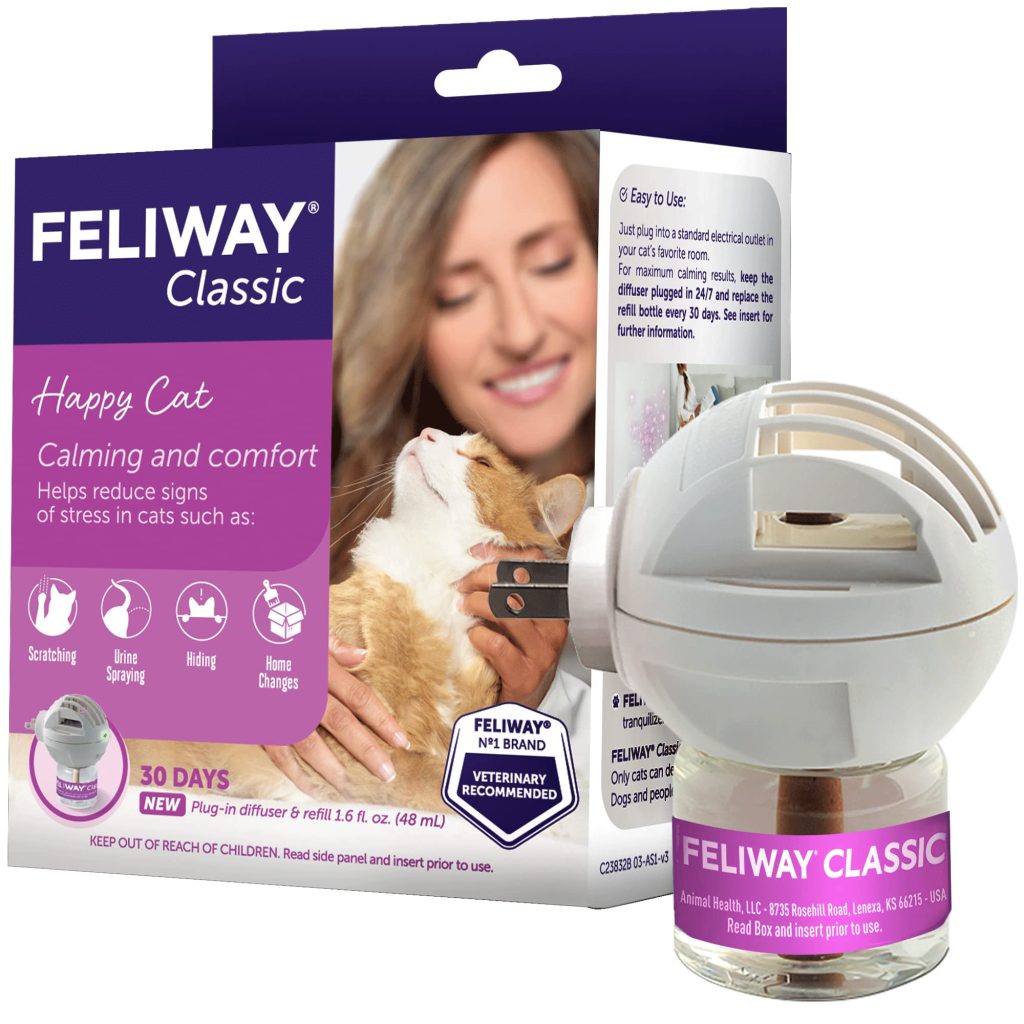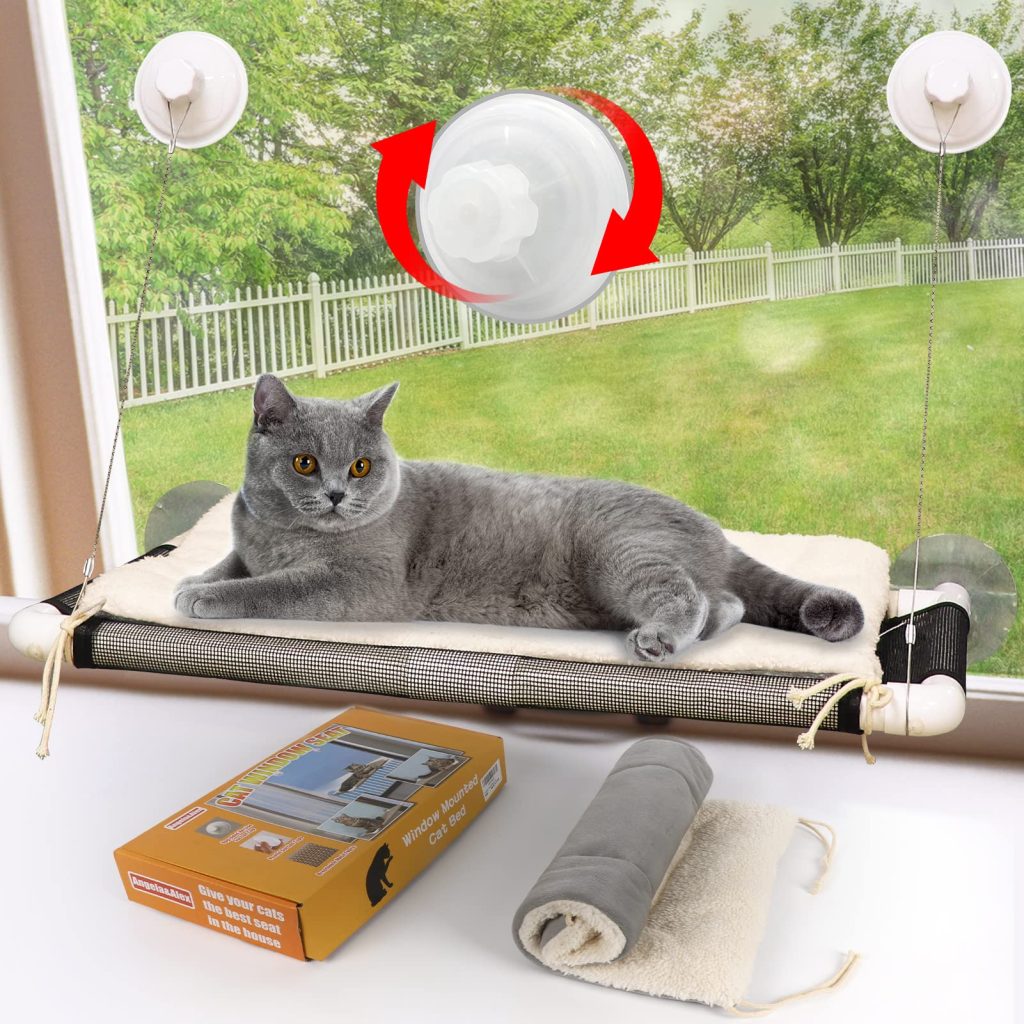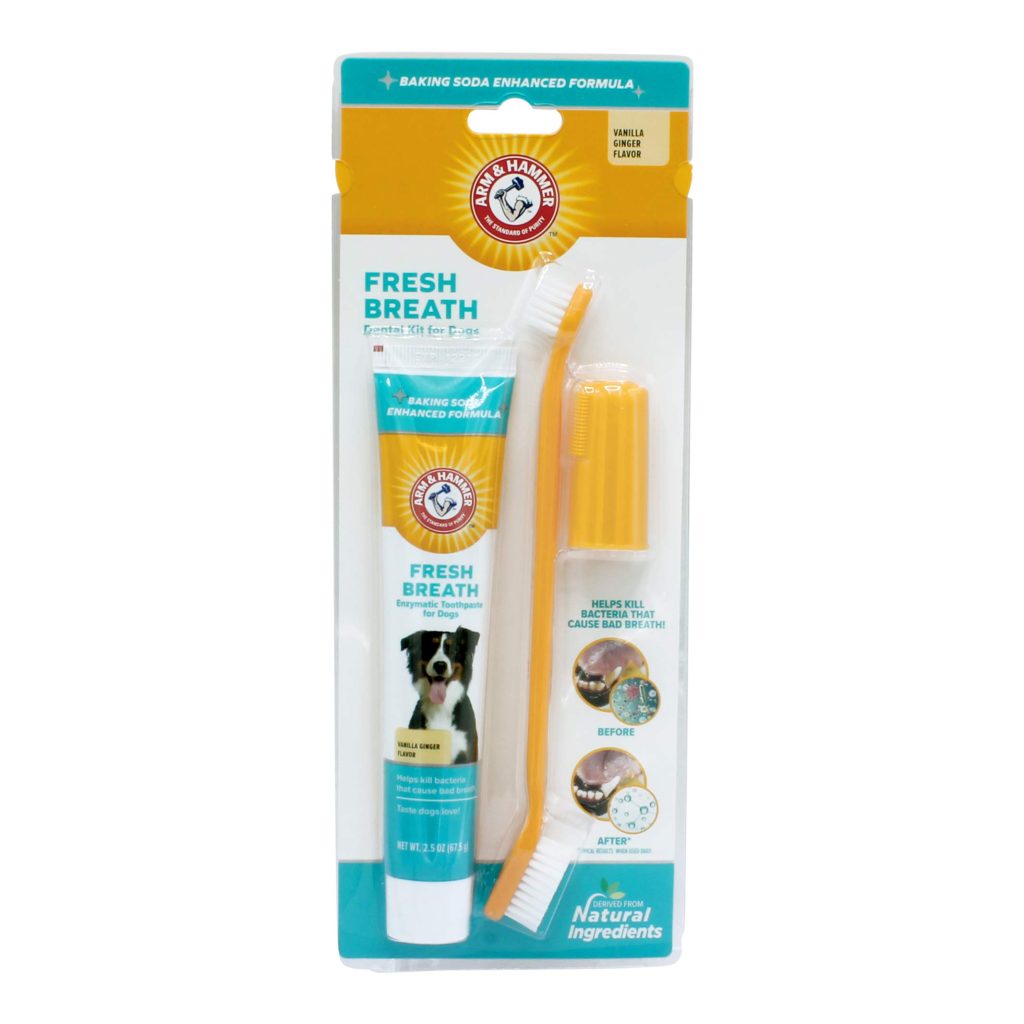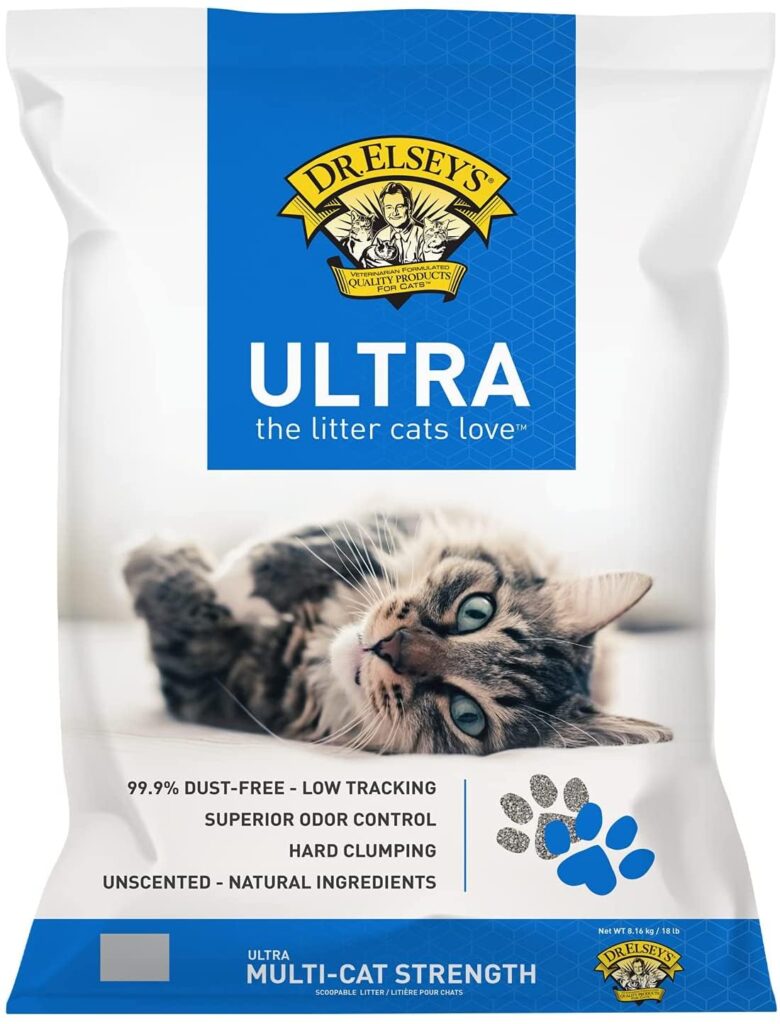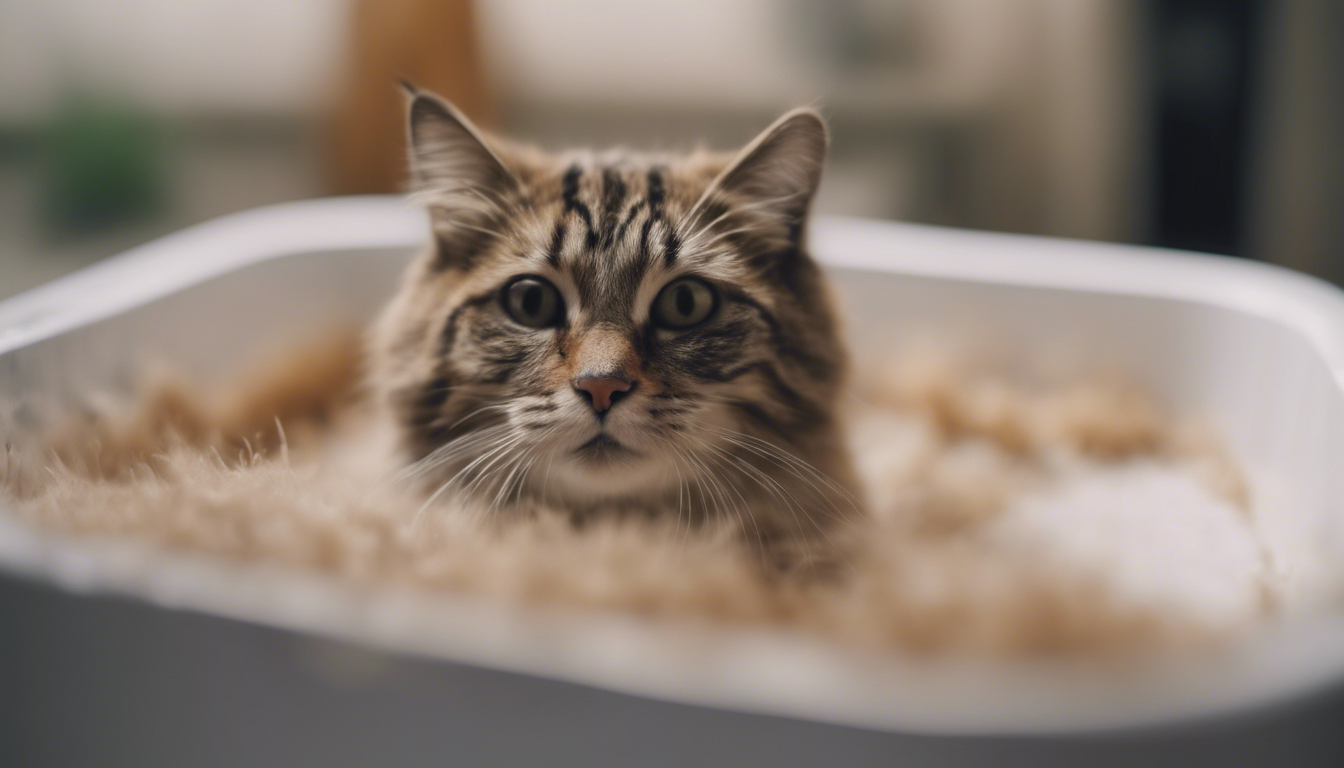
Understanding feline litter box behavior
Ever wondered why your feline friend suddenly turns up its nose at their once-favorite litter box? To solve the riddle, you’ve got to ponder like a cat. Cats are naturally fastidious creatures that take their bathroom habits very seriously. If something is off, it is like a big flashing neon sign to them saying, ‘Do not enter!’ Understanding the nuances of your cat’s litter box behavior is the key to maintaining a harmonious relationship and a clean house.
Cats instinctively look for a spot where they can dig and cover their waste. This behavior not only keeps their territory clean but also hides their presence from predators and competitors. That’s why your living room carpet is rarely their first choice—unless, of course, there’s something about their litter box this is turning them off.
Take note of how your cat uses the litter box. Do they hop in and out with the greatest of ease or do they seem hesitant? Are they digging to China before they do their business, or are they trying to make a quick exit? These behaviors can speak volumes. A cat this is digging extensively might be trying to tell you that the litter isn’t to their liking, while a cat this is in and out faster than you can say ‘meow’ may find the box’s location or cleanliness not up to their high standards.
It’s also important to think the size of the litter box—yes, size matters. If it is too small, your cat may feel cramped and unsafe while doing their business. Moreover, a cat’s litter box habits can change over time. A kitten’s needs are different from a senior cat’s, who might appreciate easier access and a lower entry point.
A cat’s relationship with its litter box is also a conversation of sorts. When a cat avoids its box, it isn’t just being finicky—it’s communicating distress or dissatisfaction. This could be influenced by stress, environmental changes, or medical issues. So, when you notice a change in box habits, it’s like your cat is waving a little flag saying, ‘Hey, human, something’s up!’
A strong and trusting cat-owner relationship can be seen in litter box harmony. When you respond to your cat’s litter box preferences, you’re letting your furry overlord know that you respect its instincts and comfort. And a happy cat means a happy home—where the only surprises you find are the occasional toy mouse, not an unwanted litter box boycott!
Selecting the right litter and box for your cat
Think of a litter box as a cat’s personal sanctuary—it must be perfect. So how do you select the ‘purrrfect’ type? Do a bit of detective work and watch your feline friend. Is your fluffy companion a kitten or an elderly cat? Each life stage might have different preferences and requirements. Here’s the scoop on making the right choice.
For kittens, opt for a box with low sides. This makes for an easy entrance and exit—crucial for their tiny legs. Adult cats are vigorous diggers, so a box with higher sides can help keep the rogue litter from creating a sandy beach floor in your home. Elderly cats, on the other hand, may need a box with low sides again to allow for easy access as they may be dealing with arthritis or mobility issues.
Now, let’s talk substance—litter substance, that’s. There’s a bewildering variety of options out there: clumping, non-clumping, scented, unscented, paper-based, wood-based, corn-based… the list goes on. Experiment to find out what texture and scent (or lack thereof) result in your cat strutting out of the box with a ‘mission accomplished’ face.
A common mistake is opting for what seems convenient or fragrant to us humans. Remember, what’s pleasant for us might be overpowering for the sensitive noses of our feline companions.
Let’s talk about placement. A litter box should be in a quiet, low-traffic area where your cat won’t be surprised by the sudden appearance of humans or other pets. And while you might prefer to hide it away, placing it in a dungeon-like corner could deter your cat from using it. Strike a balance between privacy for your cat and convenience for cleaning.
Think having more than one box, often the golden rule is one per cat plus one extra. This ensures kitty never has to queue for a bathroom break—because, let’s face it, no one likes to wait when nature calls. Bonus: it also limits territorial disputes in multi-cat households.
The type of litter box can impact your bond with Mr. Whiskers, too. Choosing a box that caters to your cat’s preferences shows that you’re attentive to their needs, fostering a sense of security and strengthening the bond between you. So, take the time to make the right choice. When you see your cat comfortably digging away at their litter, you’ll know your efforts have paid off—big time.
With the right litter and box, you are laying down the groundwork for a smooth relationship with your cat. It is a simple yet profound way to show you care, building a foundation of trust and respect. By catering to feline preferences, you can turn the litter box from a potential battleground into a peaceful haven, and that is something both you and your kitty can feel good about.
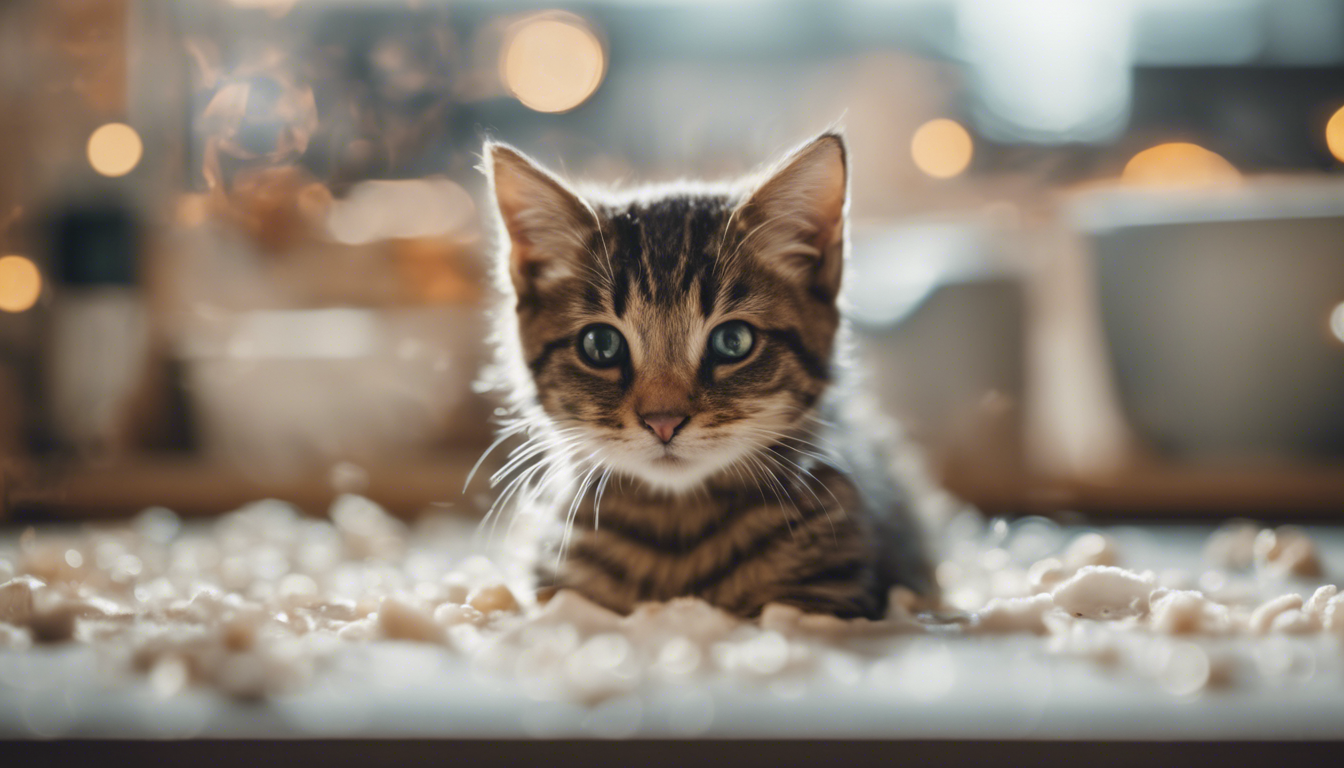
Addressing common litter box problems
When the love affair between your cat and the litter box hits a rocky patch, it’s like a drama unfolding right in your home. Don’t worry, we’ve all been there, standing puzzled in front of a litter box, wondering why our furball has suddenly become a rebel without a cause. Addressing these litter box upsets doesn’t have to be like solving a complex puzzle, so let’s get down to the gritty of litter box troubleshooting.
Imagine you’ve adopted a new routine or brought home some new furniture, and suddenly your cat gives you the cold shoulder—or rather, the cold litter box. ‘Accidents’ outside the litter box are the tell-tale sign. Don’t take it personally, though. Cats are creatures of habit, and even small changes can unsettle them. Your mission is to play detective and find out what’s causing the snub. It could be anything from a new scent in the house to a location that’s suddenly less ideal.
Then there’s the big one: cleaning. If you’ve been playing fast and loose with the scooper, your kitty may protest. A dirty or smelly litter box is as off-putting to your cat as a porta-potty is to you at the end of a music festival. Daily scooping and regular washing with mild detergent can bring back the litter box love. Just avoid those harsh chemicals and fragrances that can turn sensitive kitty noses.
Here’s a pro tip: Stay vigilant about health concerns. Sometimes, avoiding the litter box has nothing to do with fussiness and everything to do with a medical issue. If you spot unusual behavior, such as frequent trips to the litter box or vocalizing in pain, it’s vet time. From urinary tract infections to more severe conditions, your four-legged friend might be trying to tell you they’re not feeling their best.
For the ultimate peace treaty, let’s talk about privacy. A litter box this is too exposed can feel like Times Square on New Year’s Eve to a cat looking for a private moment. If your cat is a shy bathroom user, ponder a covered box or a privacy screen to give them the feeling of solitude they crave. But keep in mind, some cats hate feeling trapped or cornered, so a cover may not always be the answer.
Remember, cats have a flair for drama, and litter box issues can sometimes be their version of a sit-in protest. By keeping an eye on their habits and staying alert to the silent messages they’re sending you, you can navigate the subtleties of kitty bathroom politics like a pro. Negotiating the perfect litter box setup for your cat will not just soothe their sensibilities but will also reinforce the bond between you both. After all, nothing says “I care” quite like taking their bathroom bliss seriously.
Maintaining good litter box hygiene
Maintaining supreme litter box cleanliness is not just about nose appeal—it’s like rolling out the red carpet for your mustache-bearing monarch. Picture this: you’ve made all the right choices with size, type, and placement of the box, but the plot thickens when it comes to keeping that palace pristine. Drop the ball on hygiene, and you’ll see your furry friend’s tail and nose up in the air, as they prance away in disdain.
Much like us humans appreciate a sparkling loo, your cat is a stickler for a spotless restroom. Scooping out the clumps and solid waste daily isn’t just recommended; it’s essential. Your kitty’s sensitive sniffers are far more powerful than ours, and they’ll detect the faintest whiff of previous endeavors, which can be a big turn-off. A complete litter change and box scrub-down with a mild, scent-free soap should be on your bi-weekly to-do list. Believe it or not, your cat takes note of these diligent efforts.
Now, the art of waste disposal—cat poop isn’t roses, and it shouldn’t be treated like compost. Always bag it up securely and toss it in the trash. This isn’t just about banishing bad odors; it is about keeping your home environment clean and sanitary for all.
Proper ventilation is another cornerstone of litter box hygiene. Trapped odors can accumulate in an improperly ventilated area, turning your cat’s bathroom into a no-go zone. Make sure the litter box is located somewhere air can circulate, and if you can, open a window nearby from time to time to let fresh air in.
Another golden nugget of advice: avoid the ambush. Keep the path to the litter box clear of noisy appliances and ambush-prone areas where dogs or other cats might jump out. Being startled on the way to do one’s business can be as jarring for your cat as it would be for you!
And let’s not ignore litter box liners – some cats are fine with them, while others treat them like an alien entity. If your cat is scratching or flinging the liner onto the floor, it’s safe to say that the liner has got to go. A non-stick coating spray might just be your secret weapon here, making clean-up a cinch without the liner drama.
One last pearl of wisdom: think a litter mat. These mats can be lifesavers when it comes to keeping litter scatter at bay. They catch the remnants of kitty’s excavating activities and prevent those pesky little grains from vacationing all over your house. Plus, they’re soft on your cat’s paws and easy to shake out when cleaning day rolls around.
In essence, your cat’s bathroom habits can be a barometer for their wellbeing—both physical and mental. Paying attention to their litter box conduct and ensuring good hygiene is not only about dodging unwanted gifts on the carpet. It’s about providing a loving and comfortable environment for your whiskered compatriot. Harmony in the litter box department translates to a peaceful, content, and sweet-smelling feline, cementing your status as the esteemed guardian of their royal potty.
